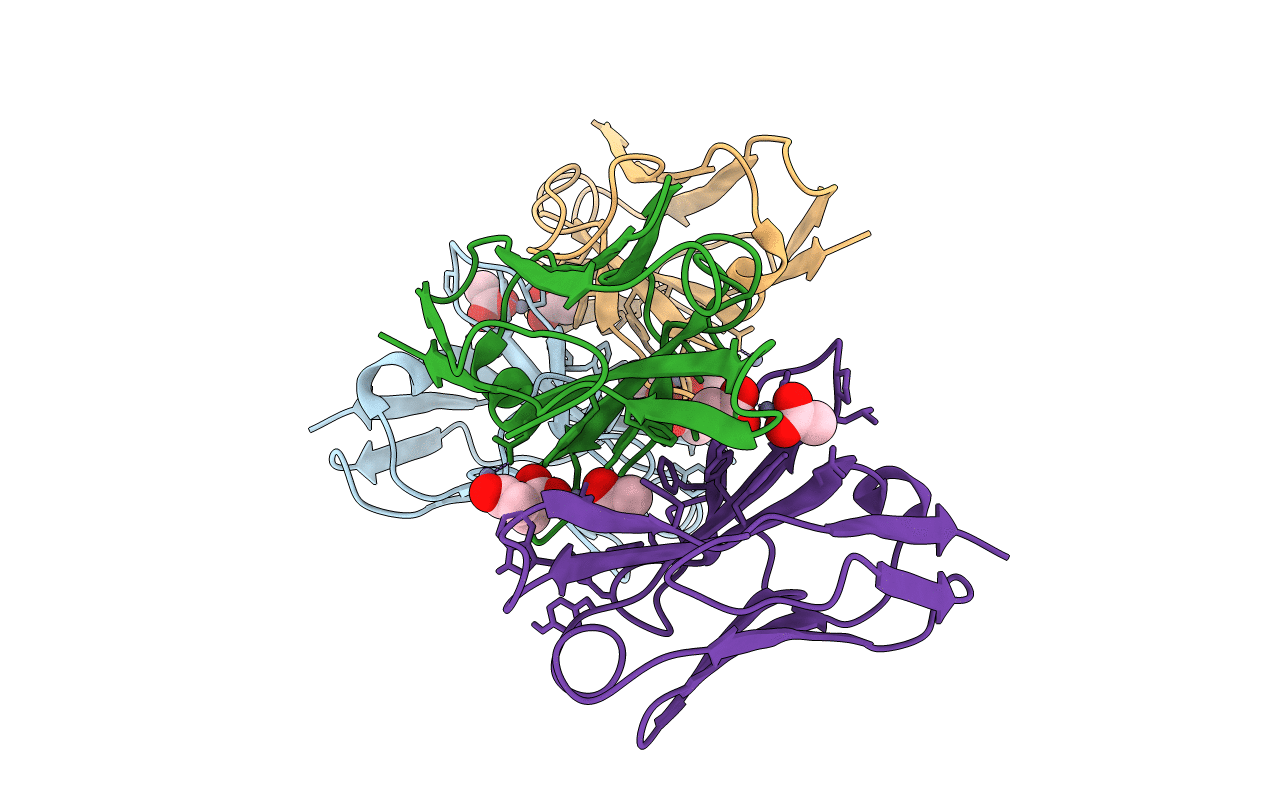
Deposition Date
2016-09-09
Release Date
2017-09-13
Last Version Date
2024-11-20
Method Details:
Experimental Method:
Resolution:
1.90 Å
R-Value Free:
0.22
R-Value Work:
0.17
R-Value Observed:
0.17
Space Group:
P 1


